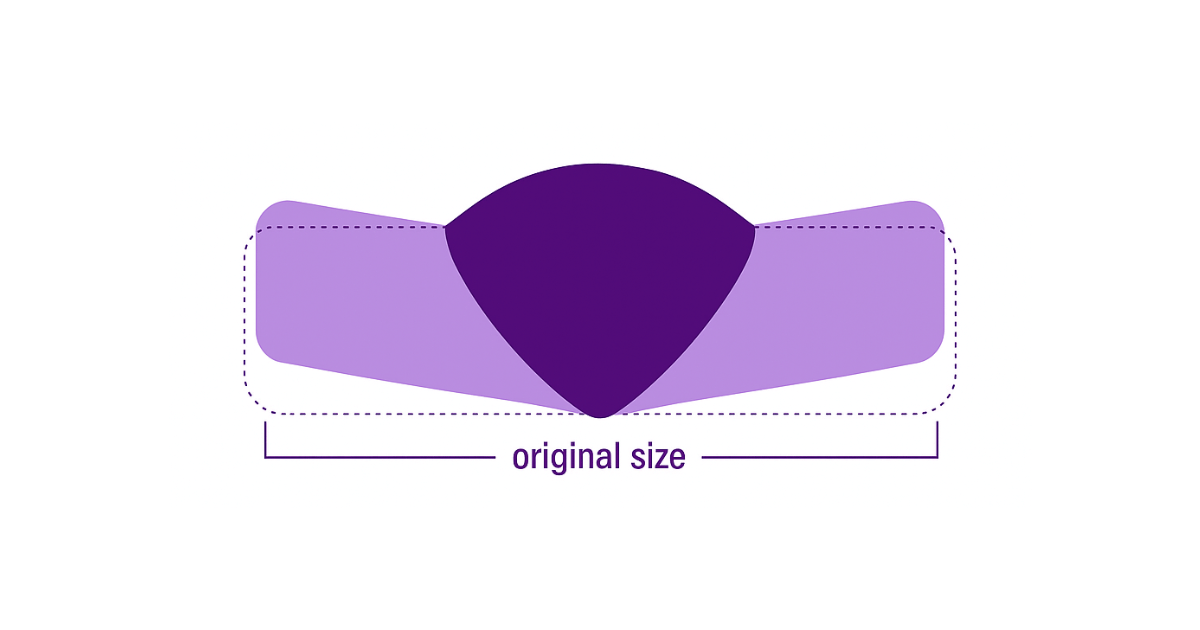Businesses typically don’t make capital equipment investments without first conducting a thorough financial analysis, comparing the investment’s expected return to other investments and the business’s desired rate of capital return.
If you understand the many improvements Weld Cameras can bring to your automated welding processes and would like to implement them in your operation, don’t hesitate to subject Weld Cameras to this financial scrutiny. Weld Camera with advanced camera technology and image-processing capability will more than justify the investment. In this second installment of our series on How to Justify the Cost of a Weld Camera, we explore the cost savings as a result of increased production efficiency leading to lower cost per unit.
Historically, Weld Camera technology has struggled to overcome the challenges of imaging both the extreme brightness of an open arc and the dark metal background surrounding the weld. Another difficulty has been imaging the weld environment when the arc is off.
Advances in electronics technology, however, have led to the development of Weld Cameras that are capable of High Dynamic Range imaging, able to see both the detail of the super-bright weld arc and its much-darker background when the weld is on, as well as being able to see the weld scene when the arc is off. When this electronics technology is combined with advanced image processing software in a Weld Camera—as it is in Xiris’s XVC-O—it becomes possible to supply operators with weld images that have enough clarity to see all the meaningful details of the weld.
Better Quality Control
As a result of the increased visibility into the weld process with a High Dynamic Range camera, operators are able to remotely monitor the weld application to identify in real time any process issues that need correction, such as problems with the torch tip, material flow, melt pool, edge presentation, keyhole, seam alignment, shielding gas barrier, or weld undercut.
This ability to constantly monitor the process with excellent visibility from a safe, remote distance allows the operator to quickly make corrections to the process, thereby reducing potentially defective welds that could lead to rework and scrap costs. Increased process visibility also allows problems that slow output to be corrected sooner and more effectively.
Faster Processes
Because the XVC-O Weld Camera provides a continuous image of the welding process, it can increase production efficiency (and therefore lowers cost per unit) by eliminating the need for the operator to start and stop the process during set-up time. The operator can see how the process is running and make changes to the setup “on the fly” so that arc on time is maximized and set-up time is reduced. And due to the built-in, solid state light source on the XVC-O, there’s no need for adjusting a separate light source when no weld arc is present, further improving the set-up process.
Conclusion
A Weld Camera with advanced camera technology and imaging software is a tool that can improve the efficiency of the welding process, both in setup and during run time, resulting in savings that will generate fast payback of the system’s cost






